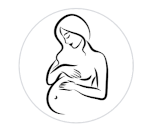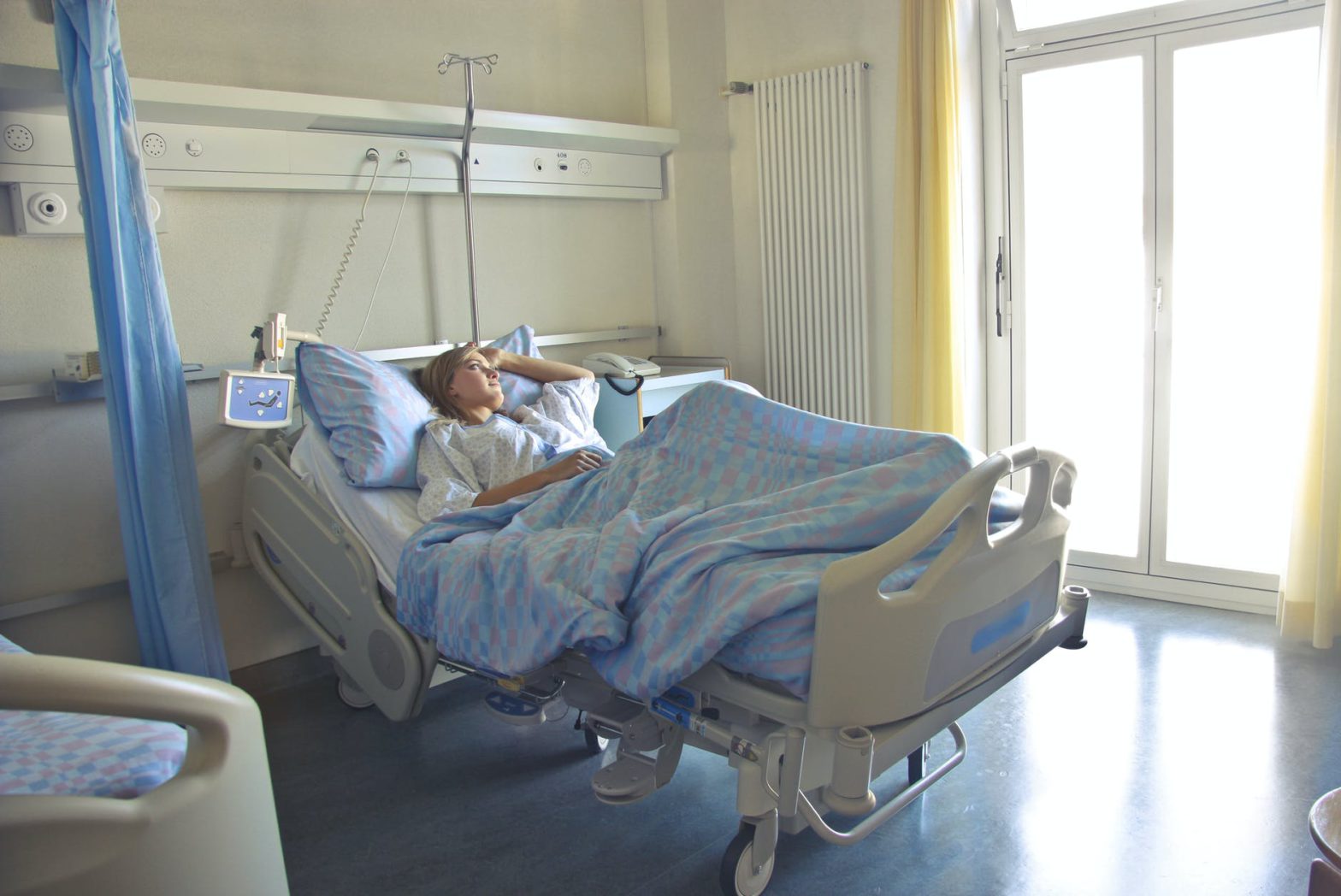
Episiotomy: a practice that must be dramatically reduced
An episiotomy is a practice that very often makes the headlines in the news. Why is it practiced and why is it debated?
What is an episiotomy?
An episiotomy is an incision made in the perineum during childbirth. It is often done at an angle over a length from 1.19 to 1.58 inches (3-4 cm).
Why is it performed?
It is performed during delivery when the vaginal opening is too small for the baby to come out or when the mother’s anus is too close to the vagina.
It is not a trivial surgery and even though it can ensure that delivery goes well, it also implies many risks for the mother such as:
- An increased pain during and after childbirth,
- Infections,
- Development of abscesses (pus ball on the skin surface),
- Difficulties to refrain from urinating and defecating,
- Pain during sexual relations,
- Lacerations around the vagina.
Why is the episiotomy controversial?
Today in France, 20% of women giving birth get an episiotomy.
Depending on maternity hospitals in France, this rate varies from 0.5% (in Besançon) to more than 50% in about forty hospitals, even reaching 65% in some places.
Yet, since 1996, WHO (World Health Organisation) stated the objective of 10% as a “normal” rate of episiotomy and all rates above 30% are considered “not justified”.
Finally, if the episiotomy is medically justified, it can prevent severe lacerations around pelvis and/or pudendum, but if it is not, the mother risks complications without any benefit for her health or her child’s.
In light of the health risks for the mother, the episiotomy must be limited to the cases where it is really useful.

